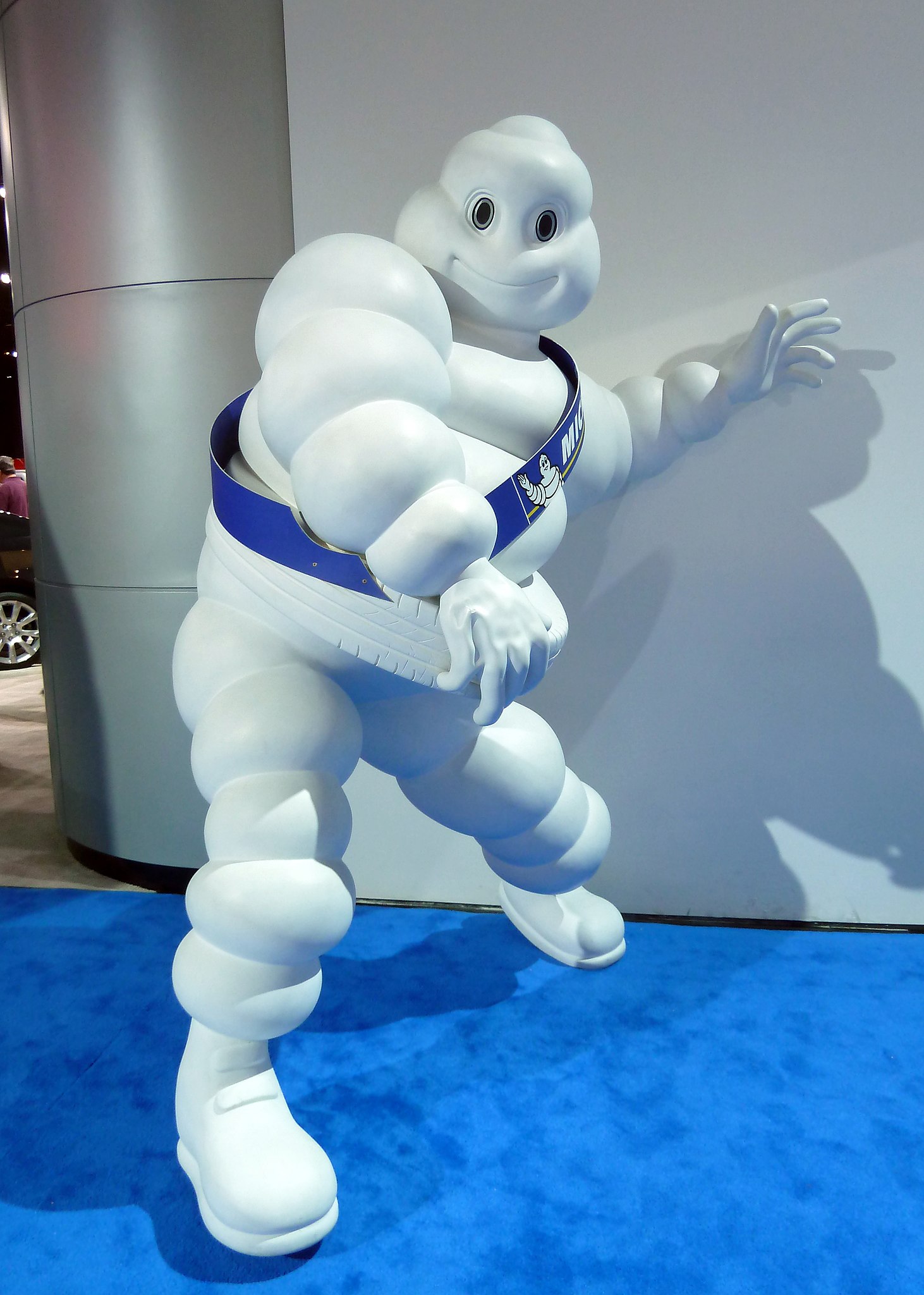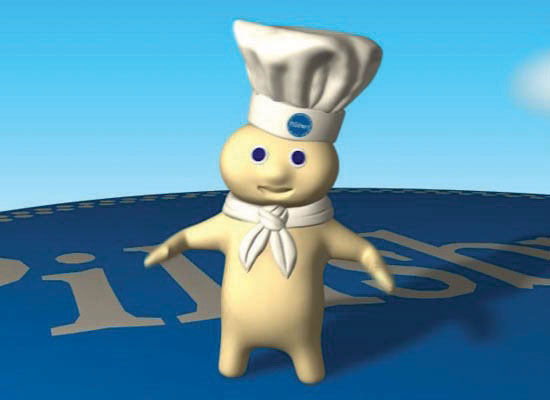Chapter 10: Promotion (Integrated Marketing Communications)
10.4 Message Strategies
Learning Objectives
- Understand what a unique selling proposition is and how it is used.
- Understand different types of promotion objectives.
- Identify different message strategies.
Utilizing a Product’s Unique Selling Proposition (USP)
When organizations want to communicate value, they must determine what message strategies work best for them. Smart organizations determine a product’s unique selling proposition (USP), or specific benefit consumers will remember. Domino’s “Pizza delivered in 30 minutes or it’s free” was a good example of a USP. Likewise, Nike’s global slogan “Just Do It” helps athletes and other consumers realize their potential, and many consumers may think of all the things they do when they use Nike products. Watch video 10.5 on Nike to get an idea of the many different activities people from different countries do when using Nike products.
Video 10.5. People around the world use Nike products. Nike products are used for many different sports by all types of athletes. Source: nike just do it tv commercial on aga0205.
Nike and Coca-Cola have been extremely successful in adapting their promotions to different international markets. Both companies have very popular global brands. Sometimes the same promotions work in different cultures (countries), but others must be adapted for different international audiences—similar to the way products may be adapted for international markets. Companies must be careful of how words translate, how actions are interpreted, how actors (or models) look, and what different colours in ads may mean.
When deciding on a message strategy, organizations must consider the audience, the objectives of the promotion, the media, and the budget as well as the USP and the product. Knowing your audience and whom you are trying to reach is critical. The more advertisers know about the consumers (or businesses) exposed to the message, the better. Commercials for golf products shown during golf tournaments focus specifically on golfers. Other commercials, such as several recent ones for Gillette, may appeal to some people but may offend other consumers such as sensitive men. What do you think? Do you think Gillette is trying to reach a younger demographic? Do the ads make you more inclined to purchase Gillette products? See video 10.6 below.
Video 10.6. Gillette “We Believe: The Best Men Can Be” Commercial on FanReviews.
The Organization’s Promotion Objectives
Advertisers must also examine their promotion objectives. What are they trying to accomplish with their promotions? Are they trying to build awareness for a new product, do they want to get people to take action immediately, or are they interested in having people remember their brand in the future? Building primary demand, or demand for a product category, such as orange juice, might be one objective, but a company also wants to build selective demand, or demand for its specific brand(s), such as Tropicana orange juice.
Other common objectives follow the attention, interest, desire, and action (AIDA) model. AIDA objectives typically are achieved in steps. First, companies focus on attention and awareness of a product or service, which is especially important for new offerings. If a consumer or business is not aware of a product or service, they won’t buy it. Once consumers or businesses are aware of products or services, organizations try to get consumers interested and persuade them that their brands are the best. Ultimately, companies want consumers to take action or purchase their products or services.
Message Characteristics
Organizations must also determine what type of appeal to use and how to structure their messages. Some of the most common advertising appeals are humour, emotion, fear, rational, and environmentally conscious. If you were asked to name your favourite commercial, would it be one with a humourous appeal? Many people like commercials that use humour because they are typically entertaining and memorable. Humor sells, but firms must be careful that the brand is remembered. Some commercials are very entertaining, but consumers cannot remember the brand or product.
Each year, some of the most talked-about commercials take place during the Super Bowl. Many people watch the game just to see the commercials. Watch the following YouTube videos to see one of the top ten Super Bowl commercials of all time and how newer commercials rely on a similar approach. Notice how many of them use a humourous appeal. But do you think some are more effective than others? In other words, will viewers actually buy the product(s)?
Video 10.7. Best Super Bowl commercials of all time on CNN.
Companies must also be careful when using fear appeals so consumers don’t get too frightened. A few years ago, Reebok had to discontinue a TV ad because it upset so many people. The ad showed a bungee jumper diving off a bridge, followed by a shot of just his shoes hanging from the bridge by the bungee cord. That ad provoked people because it implied the jumper had fallen to his death.
Some companies use characters or mascots and/or jingles or slogans. Although media are changing, many characters and jingles have stayed the same for decades. When you think of Campbell’s soup, do you think “Mm, mm good”? Just as the commercials viewed in the beginning of the chapter focused on “Mm, mm good,” Campbell’s has used the same slogan since the early 1900s, and the Campbell Soup Kids were created in 1904. Although Campbell’s changed its slogan in 1998, the company still uses the “Mm, mm good” slogan in most of its promotions across different media. Apparently, the slogan still resonates with consumers. Other jingles, characters (mascots), or symbols you may be familiar with include the Jolly Green Giant, the Michelin Tire Man and the Pillsbury Doughboy. How successful are advertisers in making sure consumers know their brands? Try a brand quiz and see how many brand icons you know. Figure 10.6 and figure 10.7 also illustrate some of these characters and symbols.


Do you remember the Sleep Country jingle? Watch video 10.8 and see if you find yourself singing along.
Video 10.8. Sleep country Canada jingle on Benjamin Vickers.
Key Takeaways
Organizations must determine promotion objectives or what they want to accomplish with their promotions. For example, if a company has a new brand they may want to generate awareness or attention. Later, they may focus on persuading customers to buy their brand. Each brand needs to have a unique selling proposition (USP) for customers to remember and want their product. Depending on their objectives and their USP, marketers must develop a message strategy. Some companies prefer humour or rational appeals, while others may use a fear appeal.
Review and Reflect
- Identify the different promotion objectives companies may use.
- What are some of the message strategies organizations use?
- What is the difference between an open-ended and a closed-ended message?
Media Attributions
- Michelin Man 2013 North American International Auto Show © GabboT is licensed under a CC BY-SA (Attribution ShareAlike) license
- Pillsbury doughboy © Giora Eshkol is licensed under a CC BY-SA (Attribution ShareAlike) license
specific benefit consumers will remember
demand for a product category
demand for a specific brand
attention, interest, desire, and action (stages a consumer goes through)

